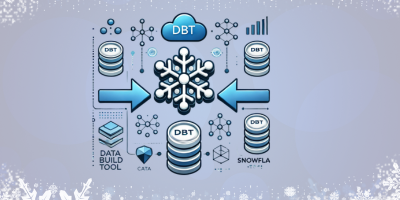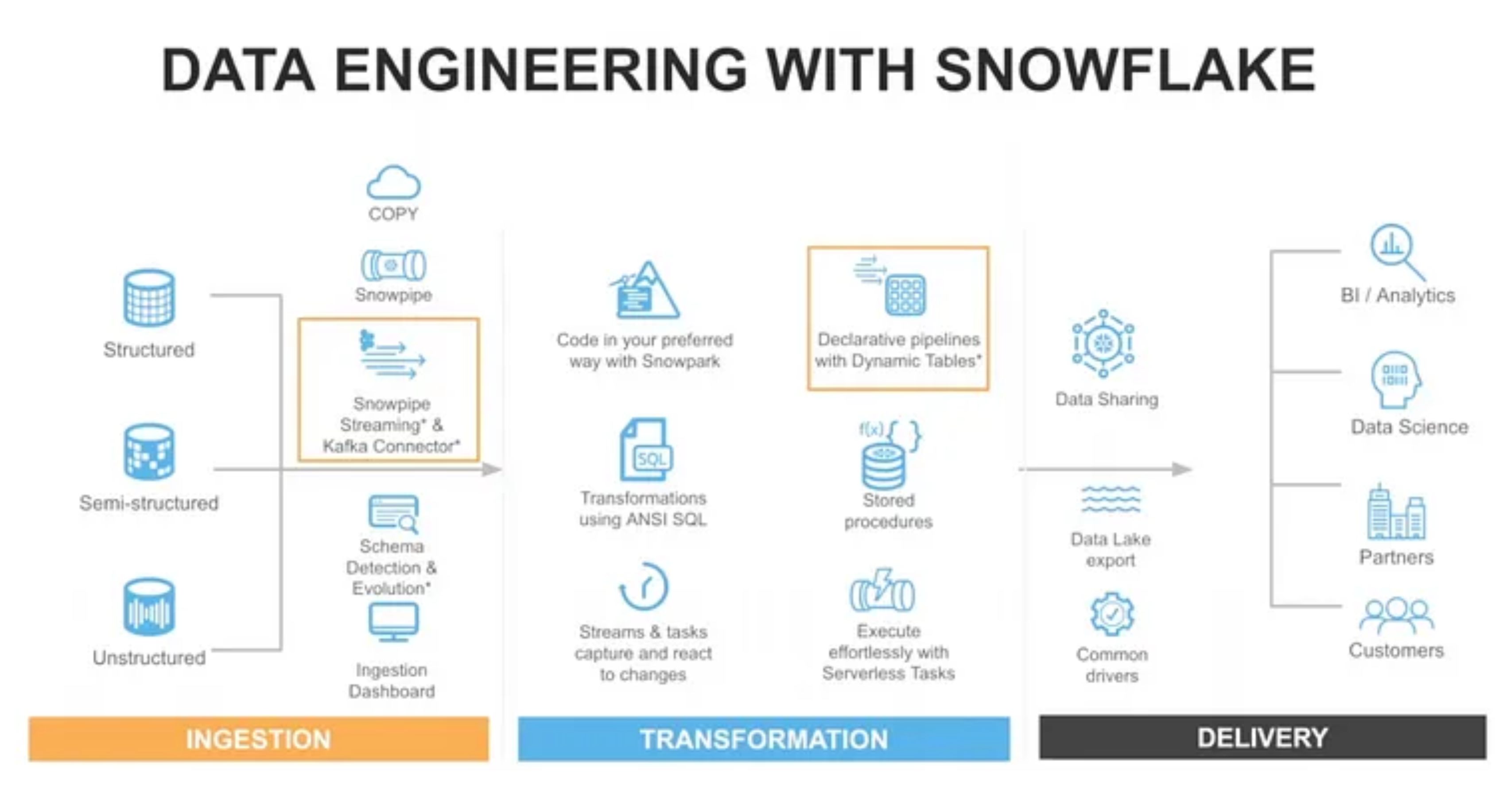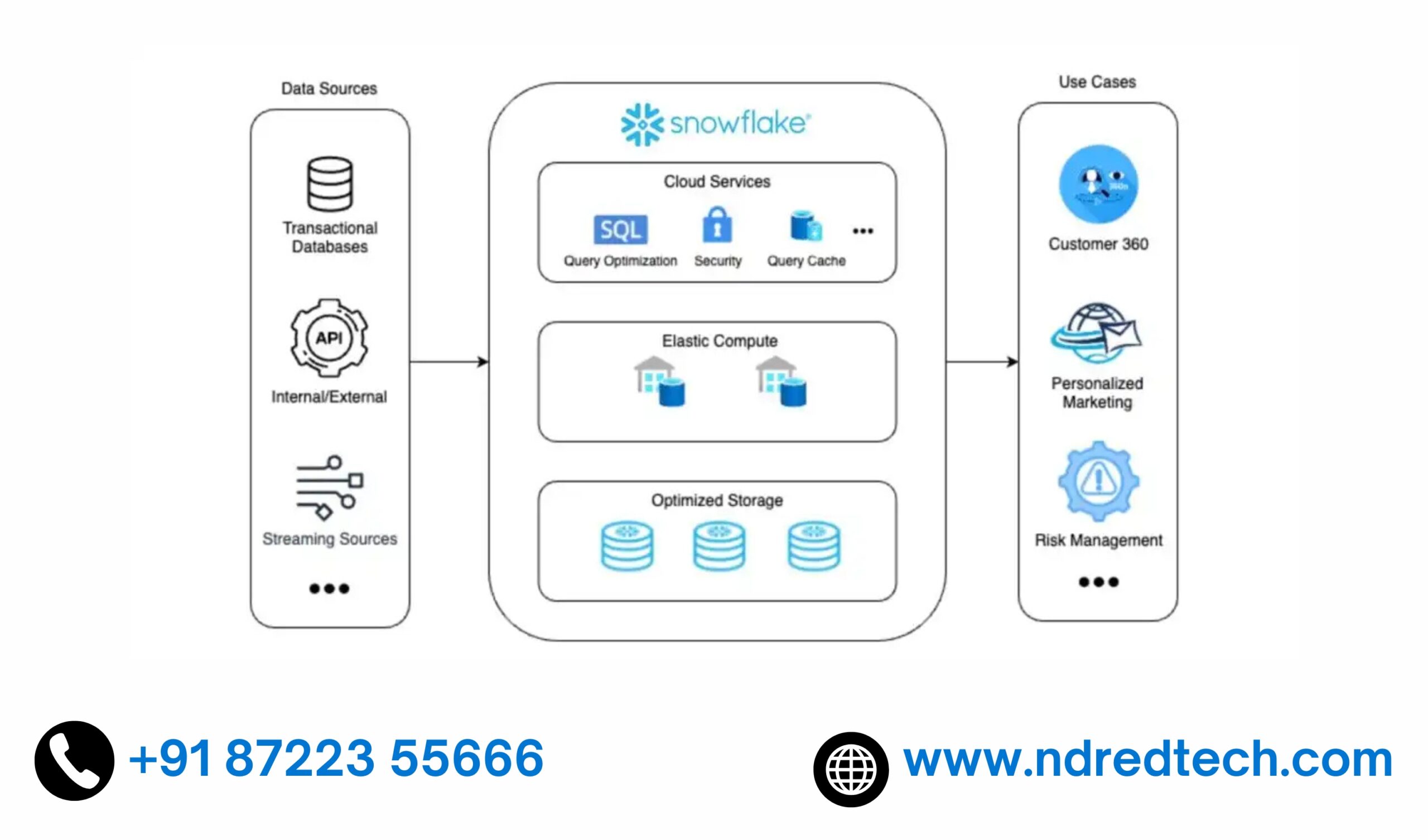1.What is a Star Schema?
The Star Schema is the simplest type of dimensional model in a data warehouse. It consists of a central fact table connected to multiple dimension tables. The structure resembles a star, hence the name.
Key Features of Star Schema:
- A fact table containing numerical values (e.g., sales, revenue).
- Multiple dimension tables connected directly to the fact table (e.g., customer, product, location).
- Dimension tables are denormalized, meaning data redundancy exists to improve query performance.
Example of a Star Schema:
Imagine an e-commerce company tracking sales. The fact table could store sales transactions, while dimension tables might include Product, Customer, Date, and Store.
Advantages of Star Schema:
- Simple and easy to understand.
- Faster query performance due to fewer joins.
- Best suited for OLAP (Online Analytical Processing) and reporting.
Disadvantages of Star Schema:
- Data redundancy leads to increased storage costs.
- Less flexible when adding new dimensions.
2.What is a Snowflake Schema?
A Snowflake Schema is a more complex version of the Star Schema where dimension tables are further normalized into multiple related tables. The structure looks like a snowflake, hence the name.
Key Features of Snowflake Schema:
- Fact tables remain the same as in Star Schema.
- Dimension tables are normalized, reducing redundancy.
- More tables and relationships compared to the Star Schema.
Example of a Snowflake Schema:
In the same e-commerce scenario, instead of a single Product Dimension Table, we might have:
- Product Table (Product ID, Name, Category ID)
- Category Table (Category ID, Category Name)
This eliminates redundancy but increases complexity.
Advantages of Snowflake Schema:
- Saves storage by reducing data redundancy.
- More flexible and scalable when handling complex relationships.
- Ideal for large-scale data warehousing solutions.
Disadvantages of Snowflake Schema:
- More joins lead to slower query performance.
- Increased complexity for end-users and reporting tools.
3.Key Differences Between Star Schema and Snowflake Schema
| Feature | Star Schema | Snowflake Schema |
| Normalization | Denormalized | Normalized |
| Query Performance | Faster | Slower due to joins |
| Storage | Higher due to redundancy | Lower due to normalization |
| Complexity | Simple | More complex |
| Use Case | Best for simple reporting & dashboards | Best for large, complex data models |
4.Which One Should You Choose?
Choose Star Schema if:
- You need faster query performance for reports and dashboards.
- Your data warehouse is small to medium-sized.
- You want a simpler and more user-friendly design.
Choose Snowflake Schema if:
- You need to save storage space by reducing redundancy.
- Your data warehouse is large and complex.
- You require high scalability and flexibility in data modeling.






